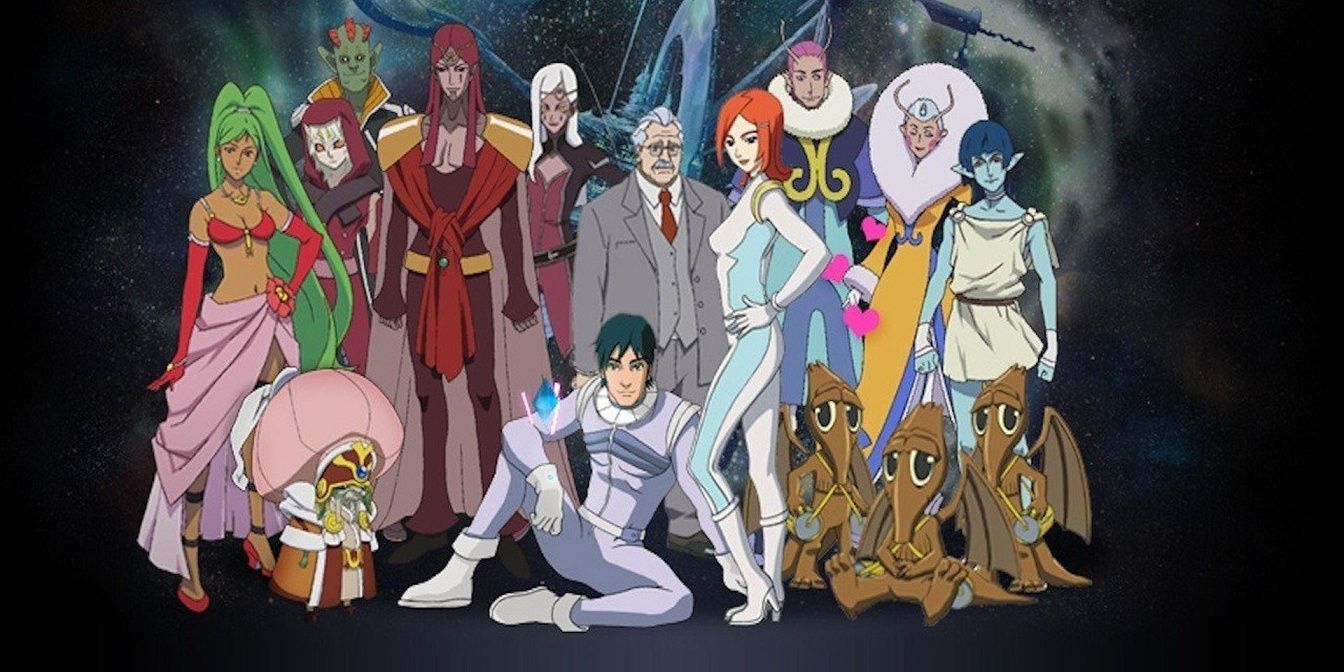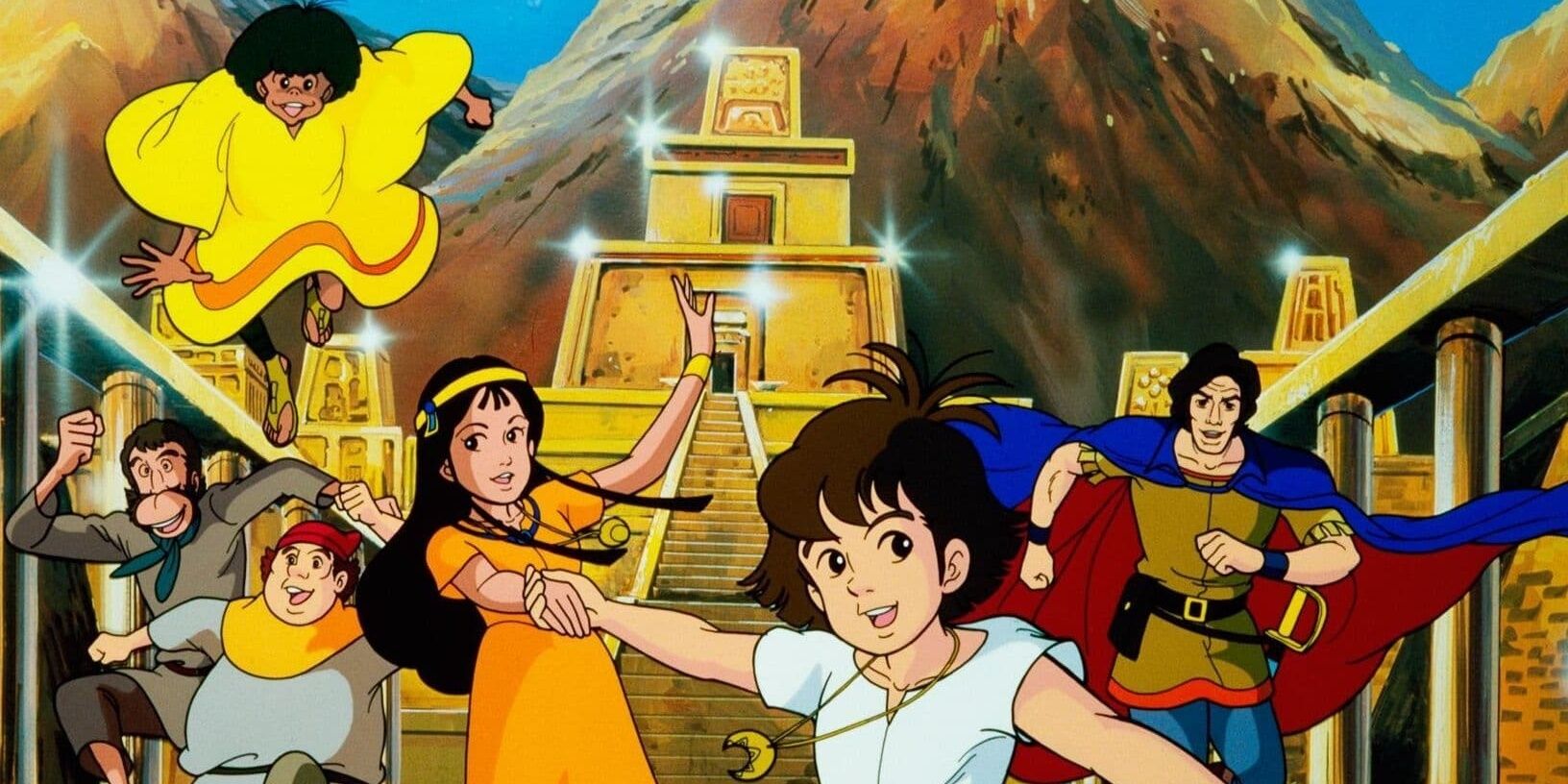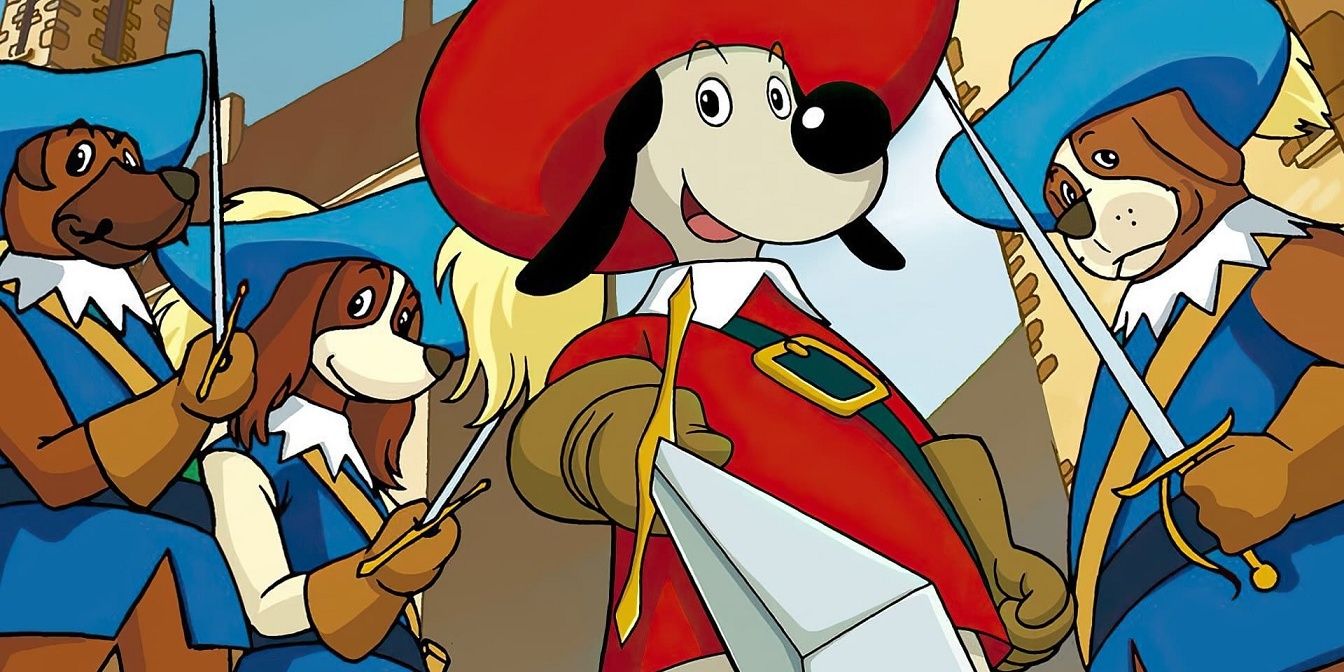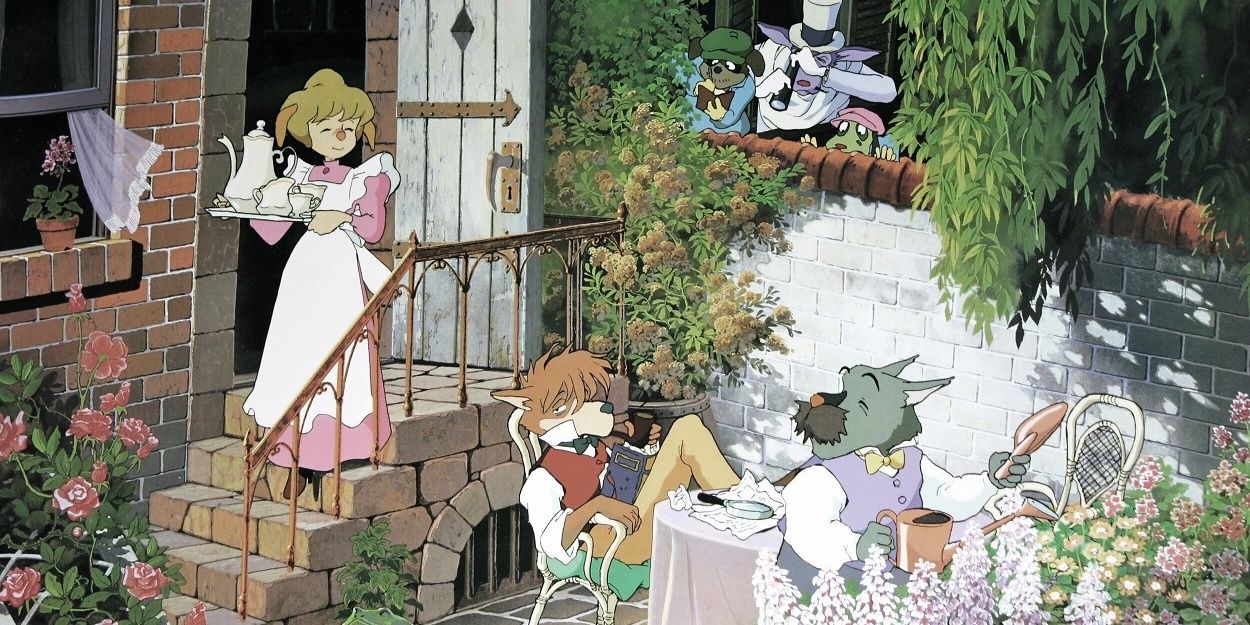Anime is one of those things everyone knows on sight but find hard to define. In the past, people didn’t really worry too much about the difference between Western and Eastern cartoons. They were both child-friendly most of the time anyway, so they’d all go in the kids’ section. Then the likes of Akira and Grave of the Fireflies caught on, and suddenly their content seemed a little too dark to sit next to Winnie the Pooh.
But anime isn’t just the grown-up stuff. Nor is it just ‘Eastern cartoons’, otherwise The Simpsons and King of the Hill would actually count because they have Korean animation studios. ‘Works animated in Japan’ sounds like the simplest, most accurate definition. Except if that’s the case, then these classic European cartoons should join them in the anime aisle, as they were animated in Japan too.
8 Dr. Snuggles
This work from 1979 about a kindly inventor who lives in the woods certainly looks more European than anything else. However, it took a lot of people from all over the globe to make it. Dr Snuggles was originally thought up by Irish writer Jeffrey O’Kelley, and included scripts written by British writers like John Lloyd and Douglas Adams (yes, that one).
The British produced it in conjunction with the Dutch, and the animation was split between two studios. The first 7 episodes were done by Japan’s Topcraft Studios, who would later work on Nausicaä of the Valley of the Wind. Then the final 6 were done by DePatie-Freleng, of The Pink Panther and Star Wars’ lightsaber effects fame.
7 The Moomins (1990)
If Dr. Snuggles feels a little too global to be ‘anime’, then The Moomins may fit that bill better. The 1990 series about the hippo-like trolls living in Moominvalley was written, directed, and scored entirely by Japanese staff through Telescreen Japan Inc. It caught on so well in the country that it produced a ‘Moomin Boom’, creating a wealth of Moomin merch and a chain of Moomin cafés in its wake.
However, the series is based on the children’s books by Finnish author Tove Jansson, and it was co-produced by Finnish animation producer Dennis Livson and the Netherlands’ Telecable Benelux B.V. There was an all-Japanese series made in 1967, but it was disliked by Jansson for not being accurate to the books and didn't make it past Japanese shores. The 1990 series was much more faithful to Jansson's work and more successful. Clearly her writing had something going for it.
6 Maya the Bee (1975)
Maya the Bee didn’t result in a Moomin-esque boom, but the adventures of the daring young bee and her nervous friend Willy was pretty popular at the time. The anime was produced by Japan's Nippon Animation, and didn't quite catch on in Anglophone countries. Not until the 1990s Nickelodeon dub by Saban Entertainment.
But since the series was based on German author Waldemar Bonsels' best-selling children's books, it reached the German-speaking countries much sooner in 1978. German-Austrian company Apollo Film Wien would produce a second season with Japan’s Wako Production, though it wasn’t as well-regarded as Nippon Animation’s sole effort.
5 Ulysses 31
Modern Japanese culture has been influenced by many other countries over the centuries, with the US and China being perhaps the most notable. Though one of their more understated cultural connections has been to France. Famous animators like Leiji Matsumoto have been inspired by France and Belgium’s bande desinée and their ‘ligne claire’ art style. So, it’s not that odd that the two countries would produce a few works together.
Like when DiC Audiovisuel's Nina Wolmark and Jean Chalopin joined forces with Japan's TMS Entertainment to produce Ulysses 31. The show saw Ulysses and his crew punished by Zeus for saving children from the Cyclops. The god freezes Ulysses’ shipmates and challenges him to find the Kingdom of Hades to revive them. It’s a pretty loose sci-fi adaptation of The Odyssey, but a popular one that appeared on Cartoon Network and other channels back in the day.
4 Time Jam: Valerian and Laureline
Does anyone remember Valerian and the City of a Thousand Planets? No? The Luc Besson film with Cara Delavigne in one of the lead roles as Laureline? Chances are it was a much bigger deal in France, as it was based on Pierre Christin and Jean-Claude Mézières’ pulp sci-fi comic Valérian and Laureline. The series was surprisingly influential, inspiring the Heavy Metal comics (itself another French comic), the Star Wars films, and Besson’s The Fifth Element.
He also helped produce its one animated adaptation, Time Jam, via his company Europacorp. They worked with the comics’ publisher Dargaud, Japan’s Satelight Inc, Korea’s JM Animation, and America’s Sentai Filmworks to make this short-lived series a reality. It was about Space Time Agent Valerian and his companion Laureline trying to repair the timeline in order to bring the Earth back. While the series didn’t set the world alight, its Dr Who-meets-Flash Gordon-style premise is quite fascinating.
3 The Mysterious Cities of Gold
Of all the Franco-Japanese collaborations, this may be the best one. The Mysterious Cities of Gold was another DiC Audiovisuel product, but with animation provided by Studio Pierrot, the company behind the original Urusei Yatsura series. Ulysses 31 writer Jean Chalopin also wrote some of the show’s episodes too, alongside a host of Japanese writers.
Esteban’s search for his missing father and the Seven Cities of Gold had a broader reach than its space-based counterpart. Americans got to see it on Nickelodeon, Brits saw it on the BBC, and the French through Antenne 2. Japanese kids saw it on NHK. Usually Japan wins out when it comes to OPs and EDs. But as nice as Ryuji Sasai's themes and score is, the Western theme by Shuki Levy and Haim Saban is much more lively and memorable by comparison.
2 Dogtanian and the Three Muskehounds
Here’s something ironic: The Mysterious Cities of Gold was a French series about a famous Spanish legend, while Dogtanian was a Spanish series based on a famous French tale. About a decade after finishing Maya the Bee, Nippon Animation worked with Spain’s BRB Internacional to make this cartoon animal-based adaptation of Alexandre Dumas’ The Three Musketeers. Created by Claudio Biern Boyd, the man behind David the Gnome, it was a reasonably close cartoon take on the novel too.
Not that it didn't take liberties with the source material. Dumas' book doesn't have D'Artagnan visit the jungle to qualify as a musketeer, but Dogtanian fits that in before his duel with the Comte de Rochefort. The series was popular within Europe and Japan, but its reach beyond those areas was limited. David the Gnome left a bigger impact in America. Even so, its English dub was produced in America, with future Ninja Turtle and Metal Gear Solid voice actor Cam Clarke as Dogtanian himself.
1 Sherlock Hound
While some critics have described The Mysterious Cities of Gold as the closest thing to a Miyazaki/Ghibli-style TV series, this Italian-Japanese collaboration is even closer. Produced by Italy’s RAI and Japan’s Tokyo Movie Shinsha, Sherlock Hound was an adaptation of the original Arthur Conan Doyle books. Just with cartoon dogs and some sci-fi elements to spice things up. The series ran across 1984-1985, and it certainly had Ghibli’s sense of whimsy, and love of steampunk technology.
That’s because Studio Ghibli co-founder Hayao Miyazaki actually directed the series...briefly. He directed the first six episodes, then production was halted due to legal issues with Conan Doyle's estate. By the time these were cleared up, Miyazaki had moved on to other projects. The remaining episodes retained the charm of Miyazaki’s work if not his touch. Four of Miyazaki's episodes were edited together into two short films to tie-in with the theater releases of his films Nausicaä of the Valley of the Wind and Castle in the Sky.

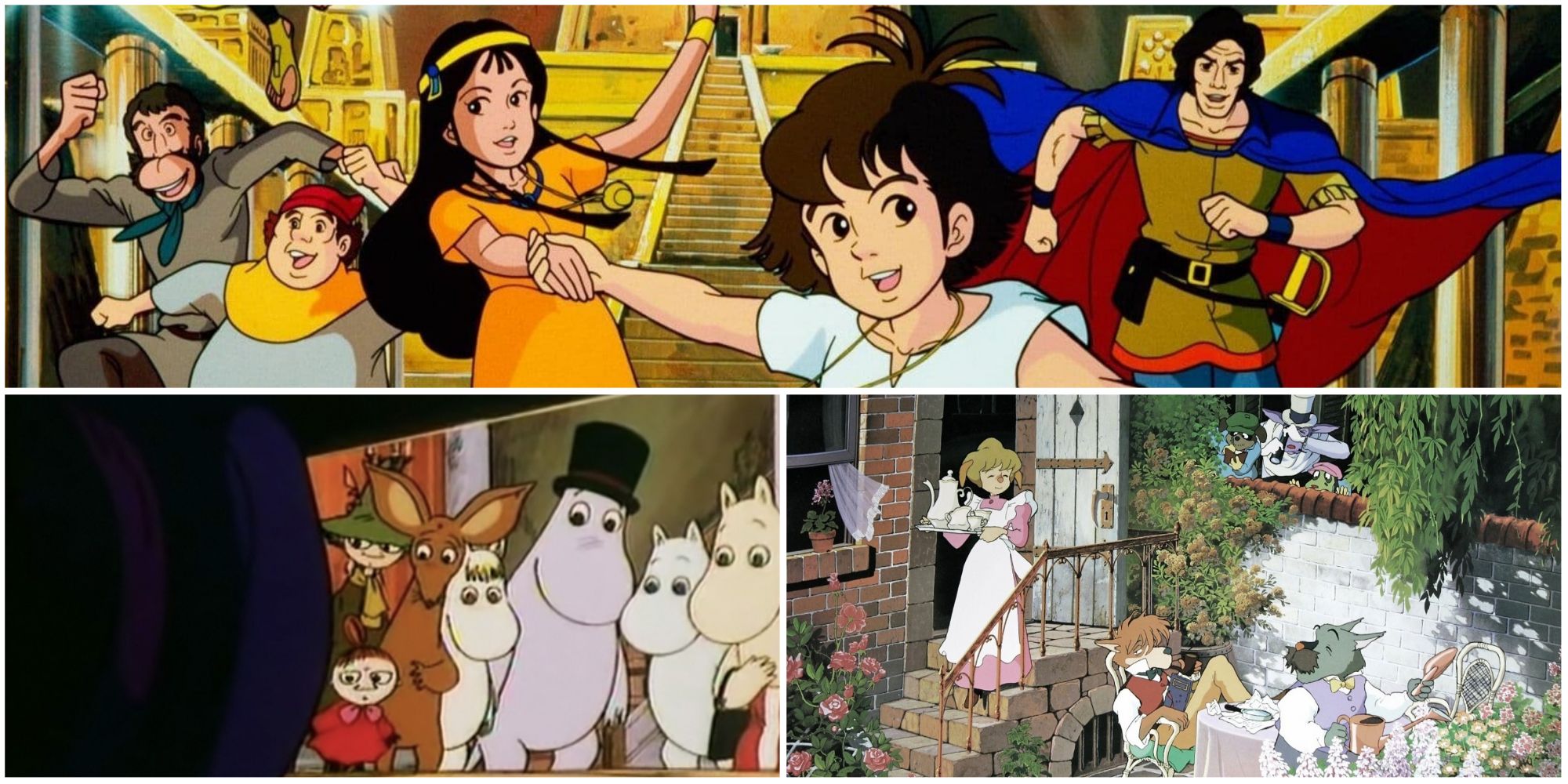
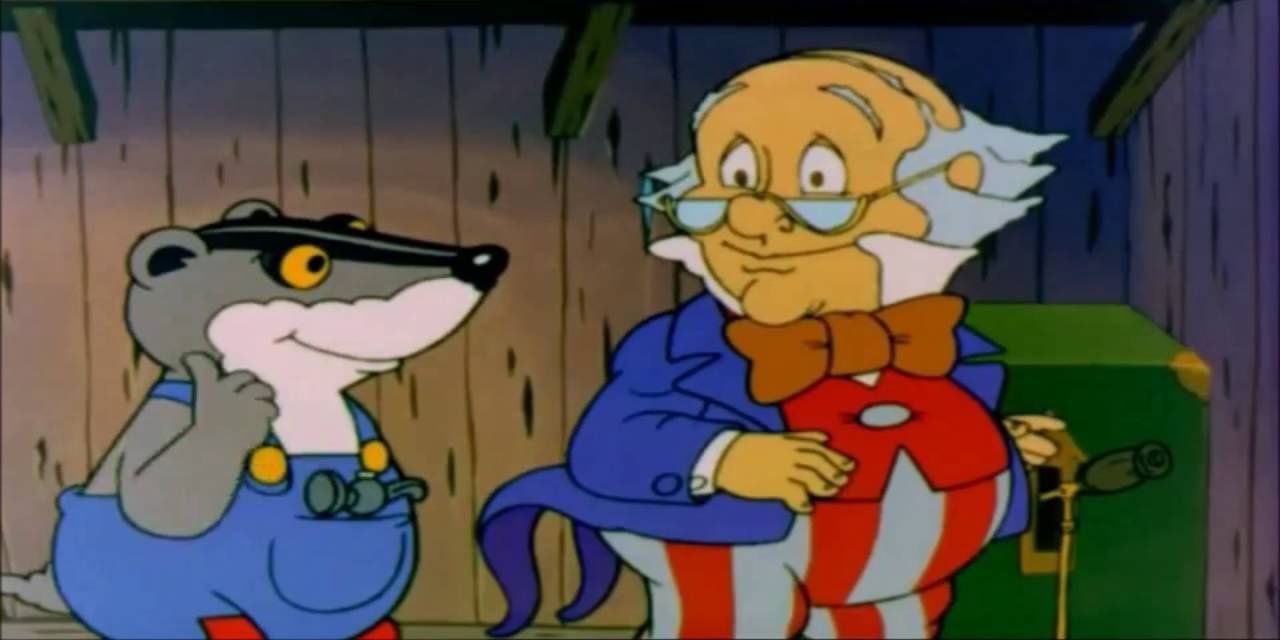

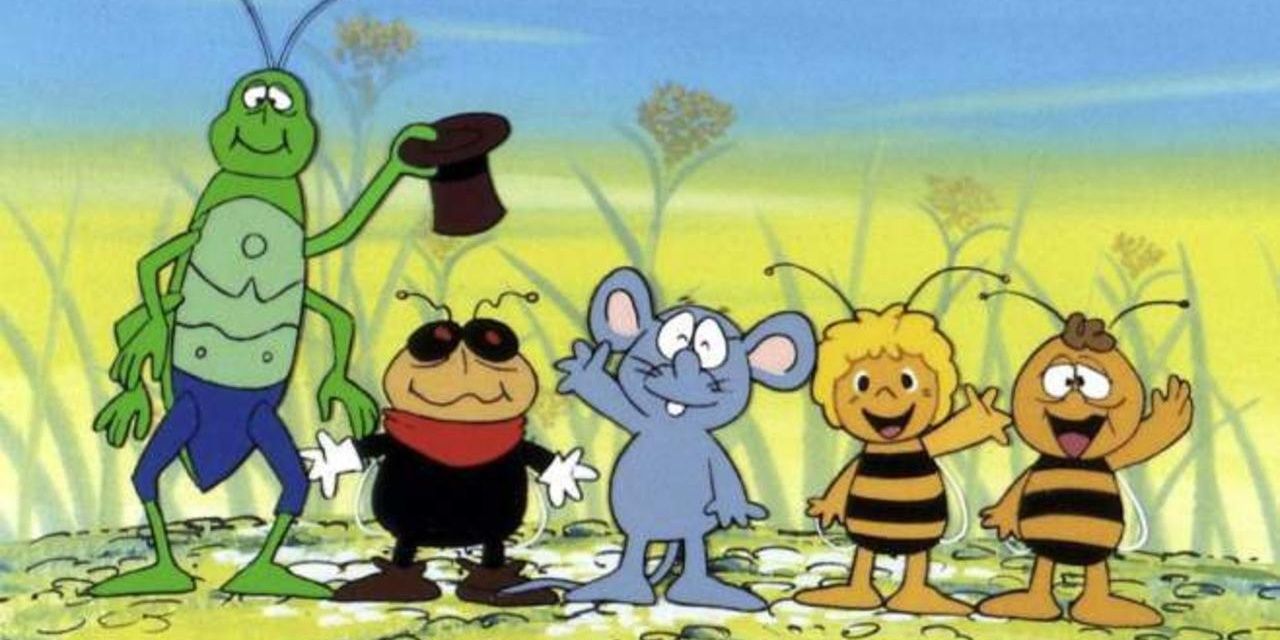
.jpg)
